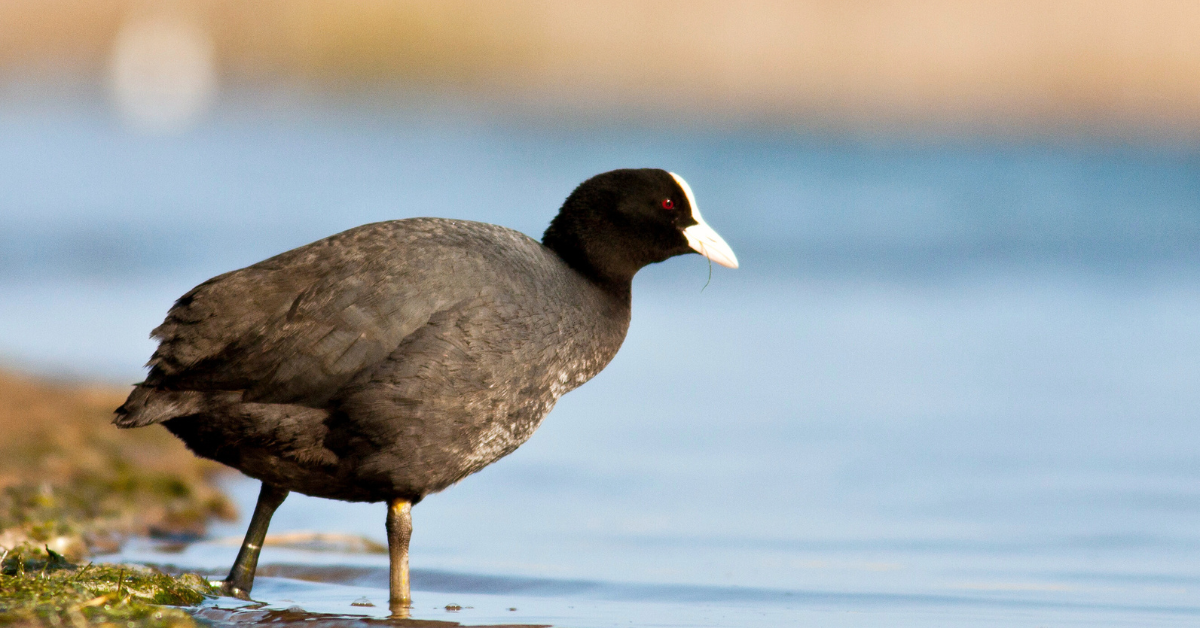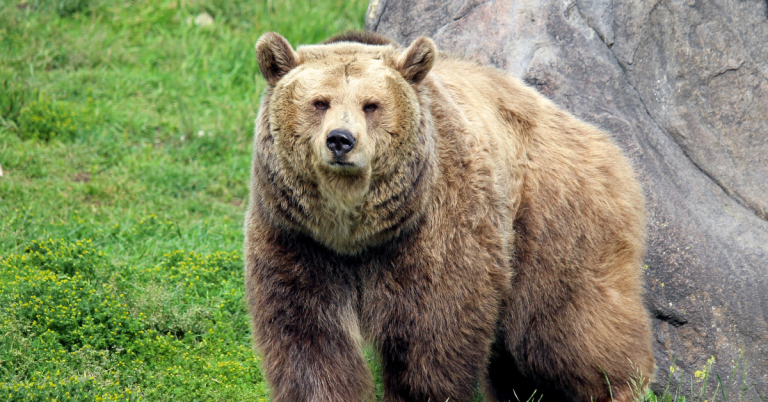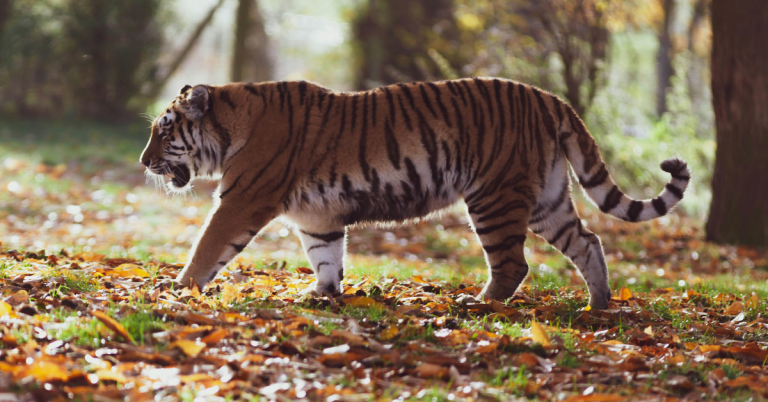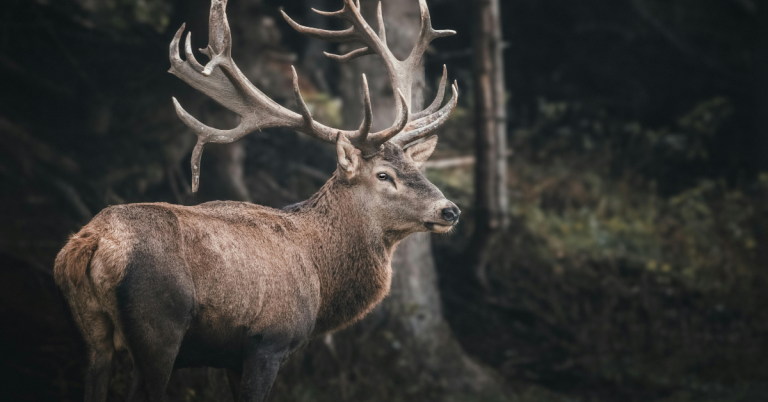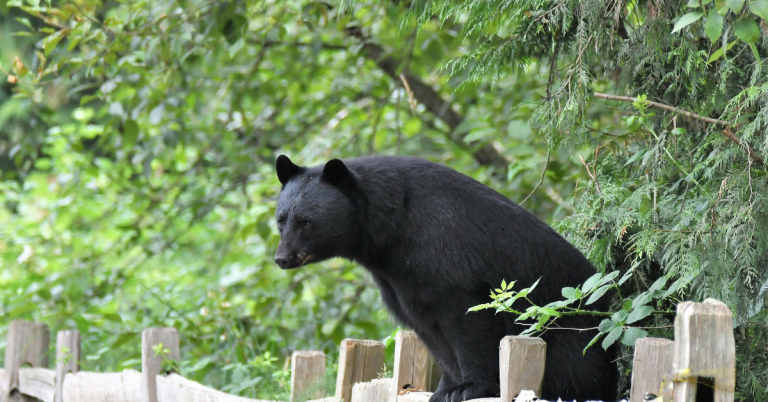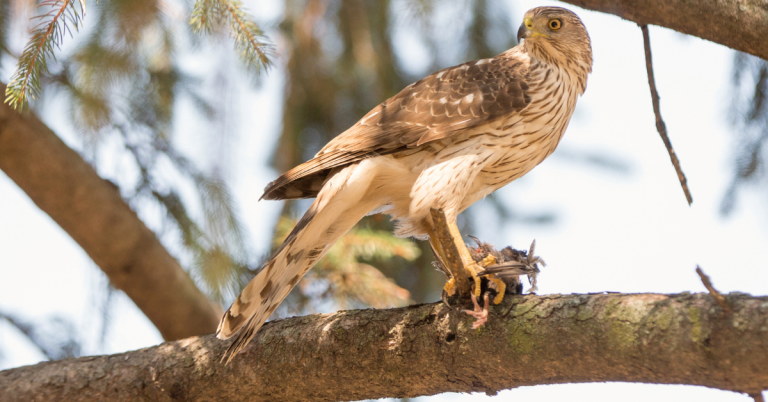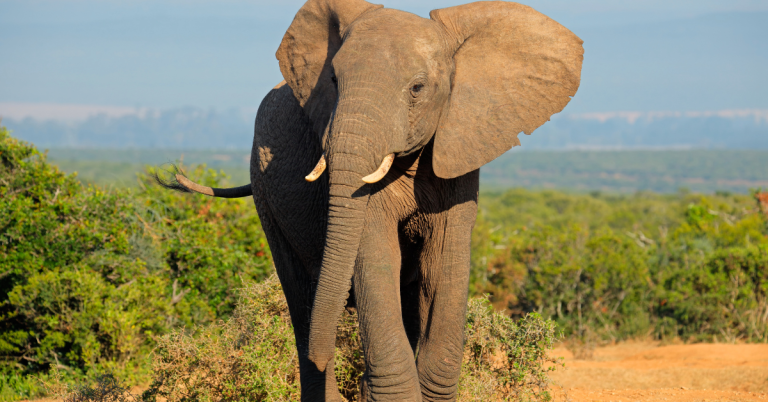Coots hunting guide
Hunting coots, small waterfowl known for their distinctive white bills and dark bodies is a rewarding experience for both novice and seasoned hunters. This hunting guide will provide you with all the necessary information to hunt coots effectively and responsibly.
Understanding Coot Behavior
Coots are highly social birds often found in large flocks in wetlands, marshes, and lakes. They are excellent swimmers and divers, primarily feeding on aquatic plants, insects, and small fish. Understanding their behavior is crucial for a successful hunt. Coots tend to stay close to the water and are most active during early morning and late afternoon.
Choosing the Right Hunting Location
The best hunting locations for coots are shallow wetlands, marshes, and lakes with abundant vegetation. These areas provide the necessary food and shelter for coots. Look for places with dense aquatic vegetation, as coots prefer these habitats for feeding and nesting.
Effective Hunting Tactics
- Decoy Setup: Using decoys can significantly improve your chances of attracting coots. Place your decoys in open water near the edges of vegetation to mimic a natural setting.
- Calling: While coots are not as responsive to calls as other waterfowl, using a coot call can help attract their attention.
- Stalking: Moving slowly and quietly through the marsh can help you get within shooting range without startling the birds.
Ethical and Responsible Hunting
Ethical hunting practices are essential for conserving coot populations and their habitats. Always follow local hunting regulations, and only take what you need. Avoid disturbing nesting sites and respect other wildlife in the area.
Field Dressing and Meat Processing
Once you have successfully harvested a coot, field dressing is the next step. Start by removing the feathers and skin. Then, gut the bird and clean it thoroughly. Coot meat is dark and flavorful, making it suitable for various recipes.
Hunting Gear Used for Hunting Coots
- Shotgun: A 12 or 20-gauge shotgun with a non-toxic shot is ideal for hunting coots.
- Decoys: Invest in quality coot decoys to attract birds to your hunting area.
- Coot Call: While optional, a coot call can be beneficial in certain situations.
- Waders: Waterproof waders will keep you dry while navigating through wetlands.
Species and Subspecies
Coots belong to the genus Fulica, with the American coot (Fulica americana) being the most common species in North America. Other species include the Eurasian coot (Fulica atra) and the Andean coot (Fulica ardesiaca).
Hunting Legality by Area
Hunting regulations for coots vary by region. Check with local wildlife authorities for specific laws and seasons in your area. Always ensure you have the necessary permits and licenses before heading out.
Legal and Cross-Border Considerations
If you plan to hunt coots across state or national borders, familiarize yourself with the differing regulations. Some areas may have stricter rules regarding bag limits and hunting methods. Compliance with these regulations is essential to avoid legal issues.
Safety Tips
- Know Your Target: Always identify your target clearly before shooting to avoid accidents.
- Wear Proper Gear: Use appropriate clothing and safety equipment, including waders and life vests.
- Communicate: If hunting in a group, maintain clear communication to ensure everyone’s safety.
- Be Aware of Your Surroundings: Pay attention to the terrain and weather conditions to avoid accidents.
FAQs
Where is the best place to hunt?
The best places to hunt coots are shallow wetlands, marshes, and lakes with plenty of vegetation.
What is the best time to hunt?
Coots are most active during early morning and late afternoon, making these times ideal for hunting.
What are the best hunting methods?
Using decoys, calls, and stalking techniques are effective methods for hunting coots.
What is the reason for hunting?
Hunting coots provides an opportunity to enjoy the outdoors, manage wildlife populations, and harvest game meat for consumption.
